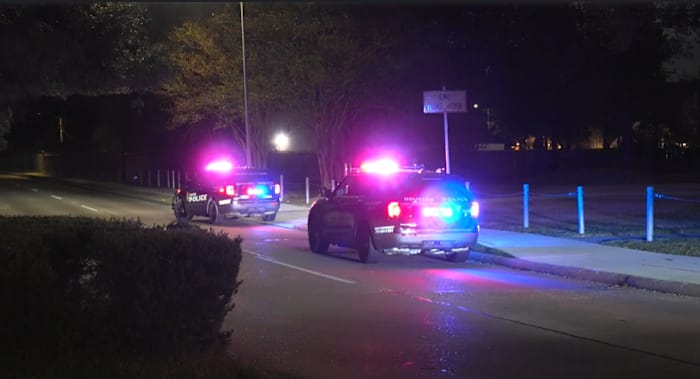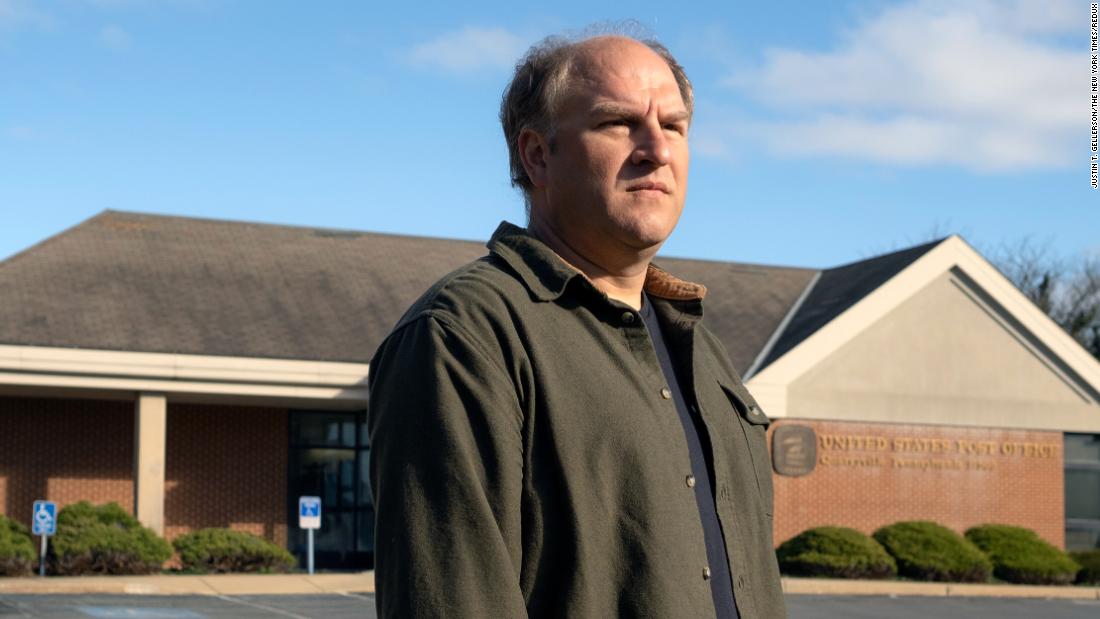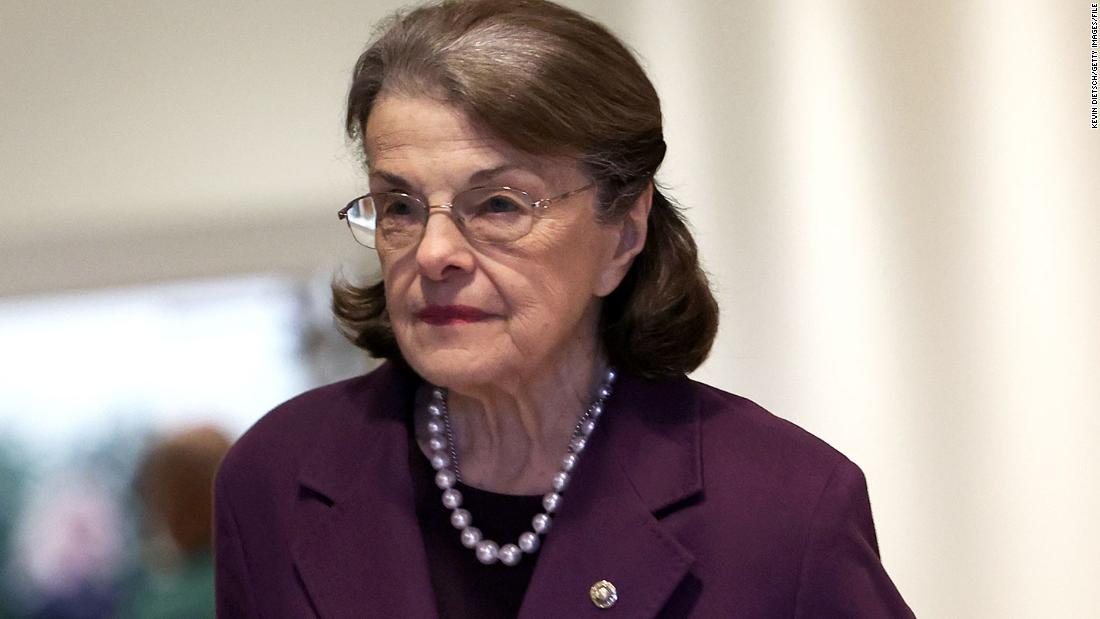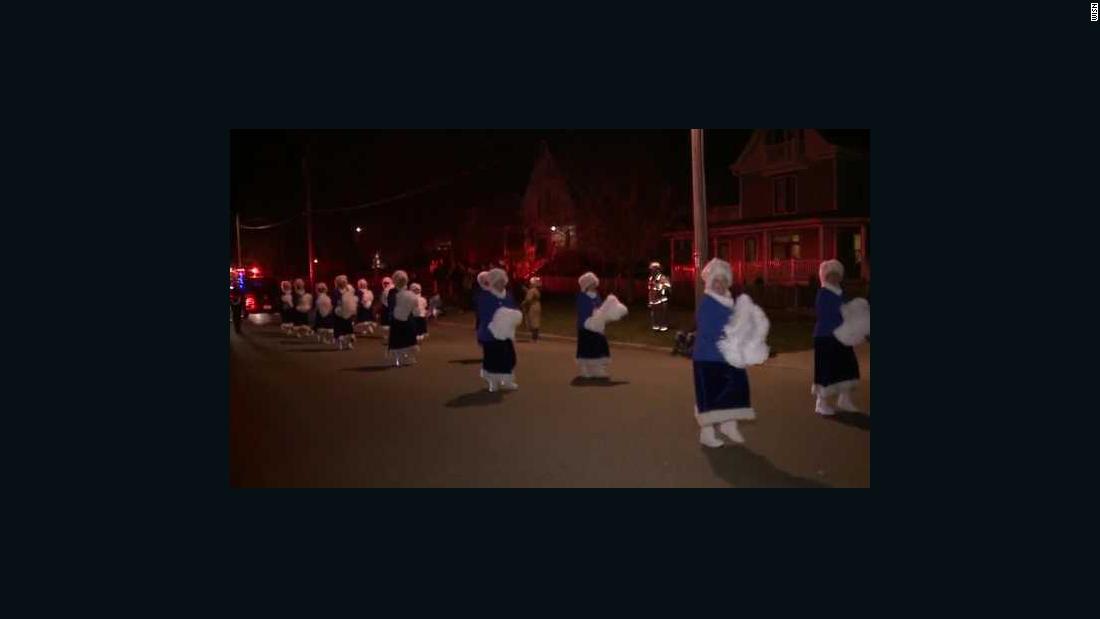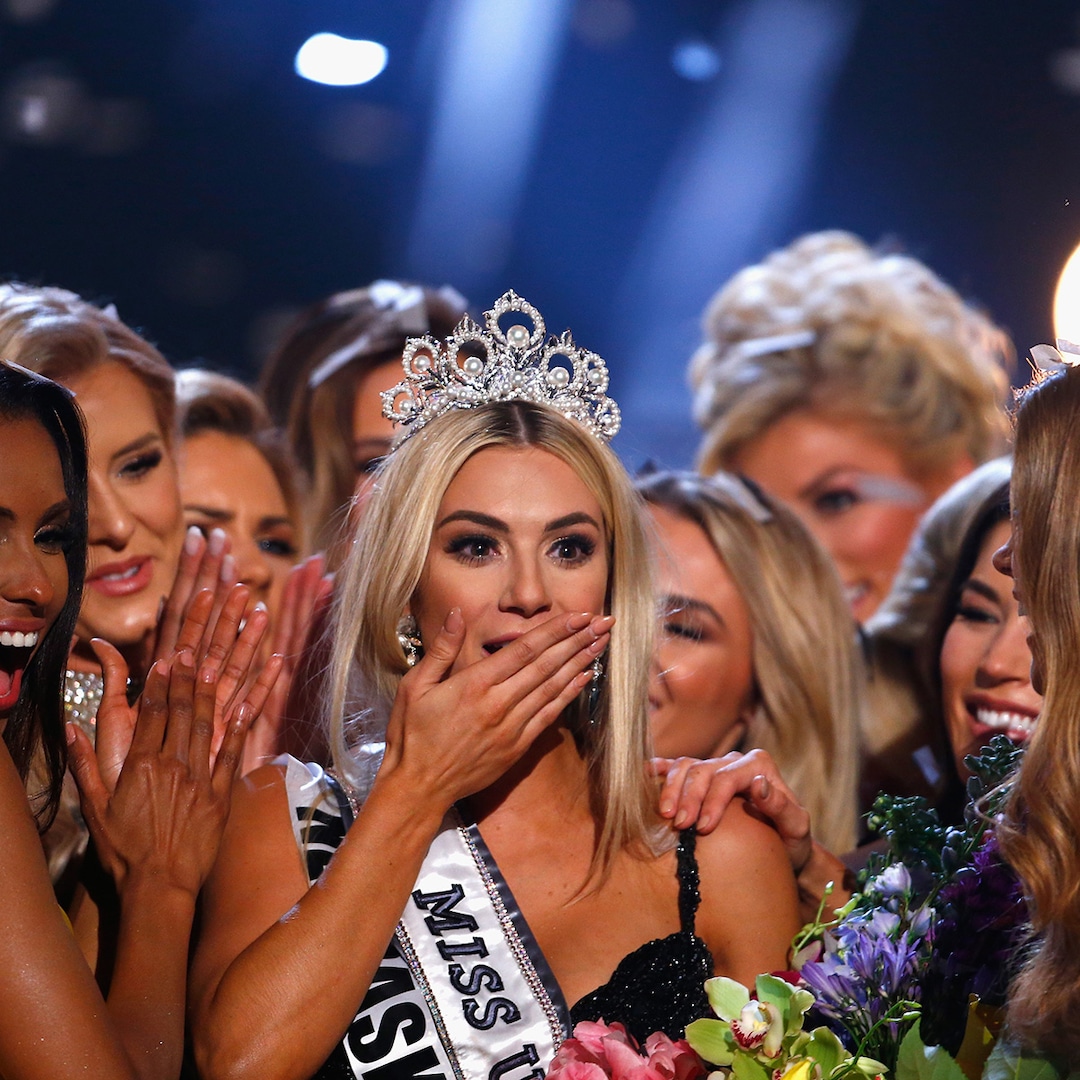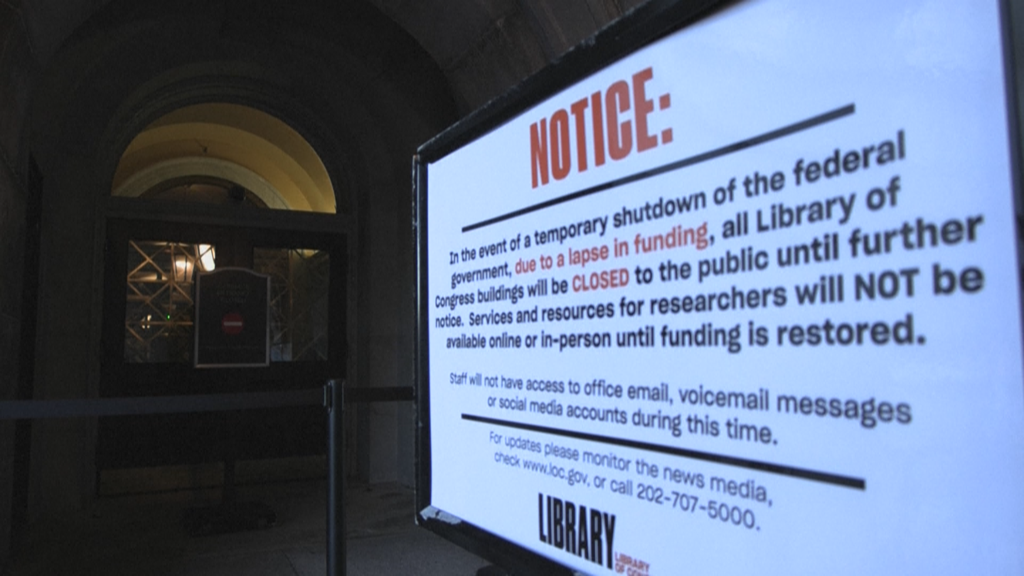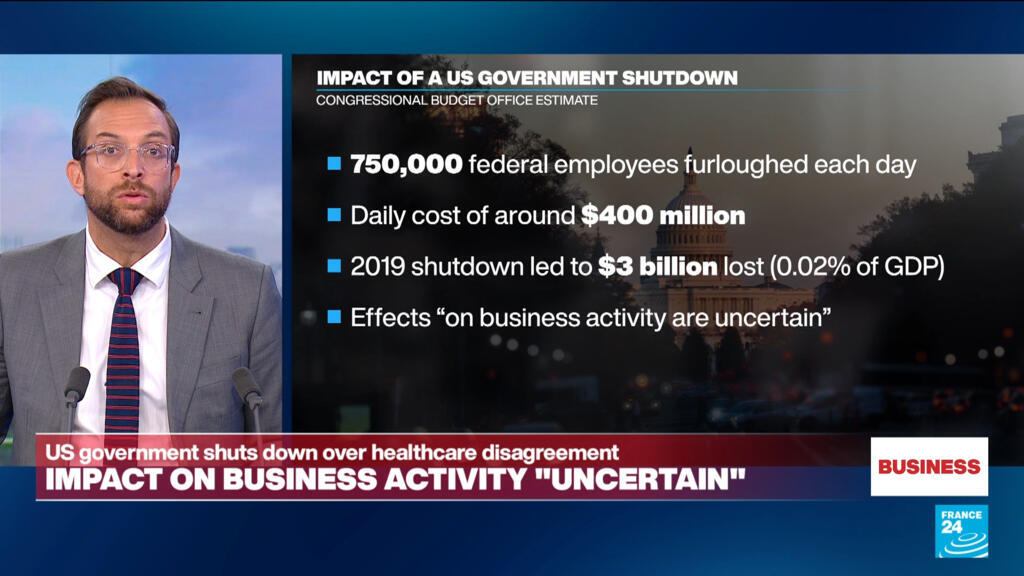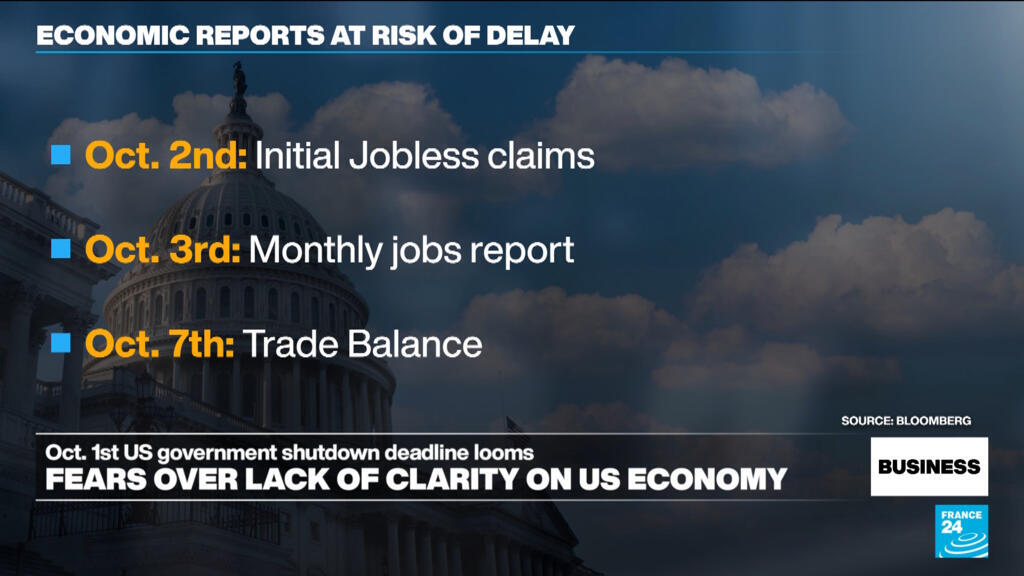HGO’s Porgy and Bess Has Much to Love
When George Gershwin died in Hollywood in 1937 at the age of 38 from a misdiagnosed brain tumor, his friend and colleague Irvin Berlin paid him a heartfelt tribute: “We were all pretty good songwriters, but George was a composer.” What a sweet and true eulogy from one dean of the American Songbook to another. […] The post HGO’s Porgy and Bess Has Much to Love appeared first on Houston Press.


When George Gershwin died in Hollywood in 1937 at the age of 38 from a misdiagnosed brain tumor, his friend and colleague Irvin Berlin paid him a heartfelt tribute: “We were all pretty good songwriters, but George was a composer.” What a sweet and true eulogy from one dean of the American Songbook to another.
When all-black Porgy and Bess premiered at the Alvin Theatre in 1935 through the auspices of the Theatre Guild, Gershwin was already the talk of the town and internationally famous for his Rhapsody in Blue, Concerto in F, An American in Paris, innumerable hit Broadway show tunes, a weekly radio program, and had been featured in countless interviews and magazine articles. Time magazine put him on its cover after the premiere of Rhapsody. Gershwin was a household name. Renown for his scintillating piano playing, he would dazzle guests for hours at dinner parties in swanky homes in Manhattan, Long Island, London, Paris. Anywhere there was a piano, there was Gershwin. Everybody knew George, from Toscanini and Ravel to the Brooklyn housewife humming “The Man I Love,” “Strike Up the Band,” or “I Got Rhythm.”
For all his fame and fortune though, Gershwin was on the outs with the serious music critics in New York. What did this American “jazzbo” know about opera? And what the hell is this thing he called a “folk opera”? His orchestral pieces were internationally revered by the public, but the nattering press couldn’t fathom his writing an opera. The reviews ran from scathing to dismissive to middling. The show had a somewhat decent run of 124 performances, but attendances dwindled in the midst of the Depression, and the cost overruns of the large-scale production damned Porgy to close early. All the investors, including Gershwin, his lyricist brother Ira, book writers Dubose and Dorothy Heyward, and its producer, the Theatre Guild, lost their money.
But George was undaunted. He knew he had written a great work, one that would last. He was absolutely right. Porgy and Bess is the definitive American opera.
HGO’s latest interpretation is hardly definitive in look or even singing (the chorus is exceptional, however), but Gershwin’s magnificent score shines brilliantly. There is much to love. The pace is unflagging; the arias contain some of Gershwin’s most pungent tunes (“Summertime,” “I Got Plenty o’ Nuttin’”, “Bess, You Is My Woman Now,” “It Ain’t Necessarily So”); the script is bright and colorful as it depicts the poor black denizens of Catfish Row, South Carolina; with its characters limned with humanity and deep empathy. There’s not a caricature to be found, no demeaning blackface (the scourge of ‘30s Broadway), only true-to-life portrayals of crippled Porgy, a drug-teased Bess, and a community of hard-working indigent people who subsist by fishing, selling strawberries and honey, and who drown their troubles by shooting craps or indulging in a picnic outing on nearby Kittiwah Island. Hard-scrabble but true.
Life is unforgiving, sometimes there’s not enough money for a burial; babies are born; parents are swept out to sea in a hurricane; faith and prayer are clung to with fervor; the allure of “happy dust” easily makes one forget.
All of this is depicted through Gershwin’s sweeping orchestrations that use clarinet glissandos, muted horns, heavy percussion, and lush strings to set the mood. Gershwin’s own gospel numbers permeate the community, prayers are declaimed – in one brilliant number, six different incantations are sung together in discordant harmony – and even Wagnerian leitmotifs are employed for each character. No wonder the critics were stymied. Gershwin was ahead of his time. His music still sounds modern with its “blues” riffs, Broadway belt, thundering choruses, and heaps of Italian verismo.
Soprano Angel Blue sings Bess with radiant passion and commitment; bass-baritone Michael Sumuel makes a solid sympathetic Porgy, but he sounded muffled like he wasn’t sure his voice was carrying through the Wortham’s Brown Theater. He played it well, though, except there wasn’t much heat between the two principals. Fervor was supplied by baritone Blake Denson as Crown, Bess’ controlling lover who wants her back in a bad way. He’s already killed poor Robbins over a dice game gone wrong in Act I, so we know he’s a very bad dude. He rapes Bess after the picnic, leaving her devastated. His deep voice was menace incarnate.
Cocaine can be a powerful influencer, and tenor Demetrious Sampson, Jr., as a charismatic Sportin’ Life, who lures the willing with his wares, brings this opera to life. He prances, shuffles, wobbles under his rot-gut whiskey, and tempts Bess with sugar-plum visions of life in New York, probably as a pimp but this is unspecified. An HGO Butler Studio artist in his third year, Sampson ate up the stage with his unique oily impersonation, his catchy vocals, and is definitely one to watch in the future.
Soprano Latonia Moore, as young mother Serena cradling her baby, imbued the now-classic “Summertime” with sweet purity that verged on heavenly. While soprano Raven McMillon, as young wife Clara, and contralto La’Sheele Q. Allen, as Maria, matron of Catfish Row, brought pleasing harmonies and needed down-home humor to their duets and solos.
Directed by Francesca Zambello, who’s supervised this opera many times before, Porgy moves swiftly and everybody knows what they’re doing in the crowd scenes. At times, the community will freeze in place while a song is performed; other times, inexplicably, they huddle as a mass like a living block of stone. Crowds don’t move this way. The set by Peter J. Davison, borrowed from England’s Glimmerglass Festival’s production, is particularly unappealing. Rusted corrugated metal panels with sliding barn doors as doorways don’t approximate the low country Gullah shotgun look of beadboard and porches.
Porgy and Bess sounds great under maestro James Gaffigan, and the chorus under Richard Bado is superb – rich and lustrous like a tapestry. Since productions are rare, this Gershwin masterpiece is one to see. It won’t disappoint. And watch that Sportin’ Life, he’s one hell of a piece of work.
And I should mention, when HGO performed Porgy in 1976 – using Gershwin’s original orchestrations and full text – Porgy was sung by baritone Donnie Ray Albert. The recording of the production won a Grammy. 50 years later at HGO, Albert sings the role of Lawyer Frazier. He’s still got the voice and received a rousing round of applause on his entrance.
Porgy and Bess continues through November 15 at 7 p.m. Friday October 24; 7:30 p.m. Tuesday through Saturdays; and 2 p.m. Sundays at Wortham Theater Center, 501 Texas. For more information call 713-228-6737 or visit houstongrandopera.org. $30-$306.50.
The post HGO’s Porgy and Bess Has Much to Love appeared first on Houston Press.



